Most of our research happens in the digital world today: we search for literature in online library catalogues, read electronic papers, maybe also manage them with the aid of bibliographic & reference management tools; we write and publish digitally, we also let software do complicated research operations for us like calculating and modeling. Still, there are sometimes stages and occasions in the research process when we use pen and paper – for example when we take notes. But this seems to change, too. I talked to some of the fellows at the c:o/re about their habits of note taking.
This text can be reused under the CC-BY-SA licence.
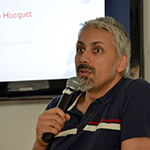
Alexandre Hocquet
Alexandre is Professor of History of Science at the Université de Lorraine, France. He also has a background in chemistry. Together with his colleague Frédéric Wieber at the Laboratory Archives Henri-Pointcaré he investigates software as an agent in the change of research cultures in computational chemistry.
Stefanie Haupt: Your research is collaborative. Together with your colleague Frédéric, you are exploring software as “the elephant in the room”. How do you exchange thoughts, observations and notes to conduct your research together?
Alexandre Hocquet: We are both computer nerds, so we like to explore what is possible. I don’t use usual word processors like Microsoft Word because I think, they keep you locked within the logic of a typewriter. And if you consider the history of such programs, this is what they emulate: a typewriter (“What you see is what you get”).” Instead, my colleague Frédéric and I are using text editors compatible with the markdown language. It means that features like bold text, hyperlinks… are part of the text itself. Text and code are displayed on the same level. This way, you are in control of what you want to do with the text and how it should look like, without being dependent on any piece of software.
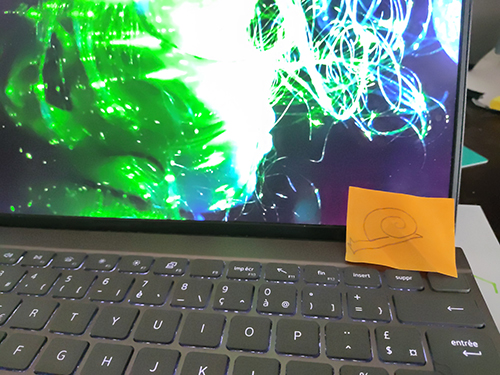
Stefanie: This sounds like you are working digitally right from the start.
Alexandre: Yes. I think, for 20 years, I haven’t used a pen in research contexts. I only pick up pen and paper when my 3-year old daughter urges me to draw together with her.
Stefanie: So, how do you take notes then, exactly?
Alexandre: The text editor I use is called ZIM (https://zim-wiki.org/). But there are other options: Frédéric, for example, uses a different editor. Everything I note down – thoughts, drafts, copy pasted texts from different online sources, hyperlinks – goes in there as raw text files. Since I can attribute different features to the text via markdown language, we have more compatibility within a shared text, even though we use different pieces of software. Also, as we are using the git versioning system, when Frédéric and I exchange and share files, the history of edits allows us to retrace changes and previous versions. You can compare the way it looks like to the open code in Wikipedia, where you can also see all (past) edits in an entry.
And how do you take notes yourself?
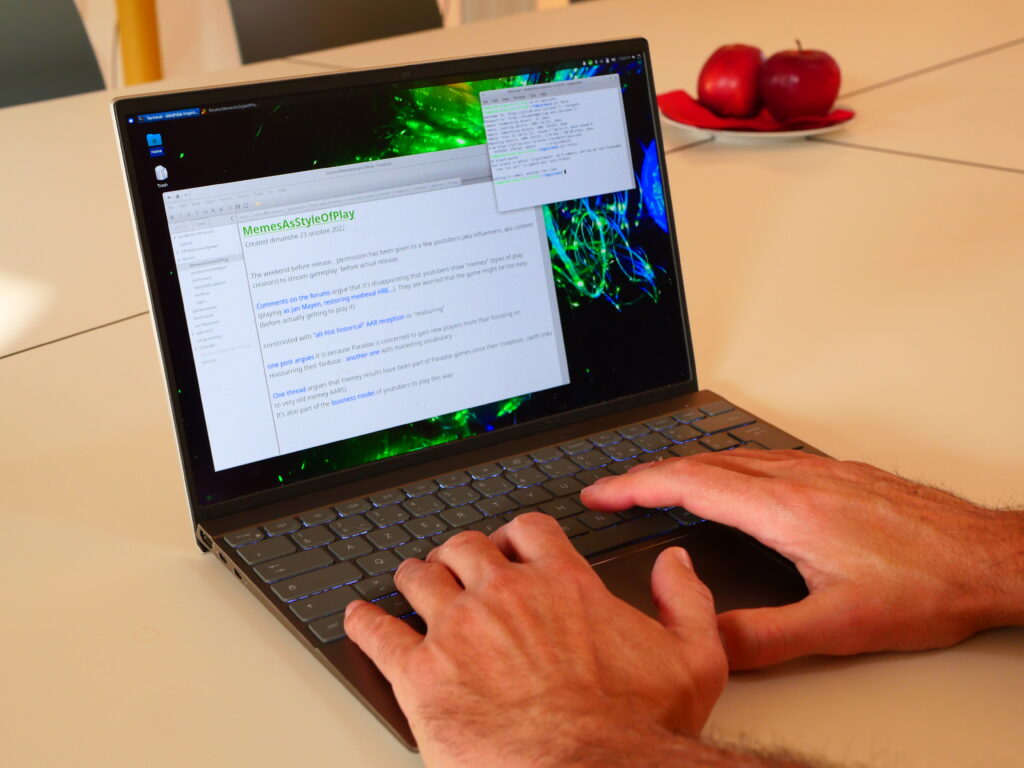
Stefanie: I definitely prefer taking notes with pen and paper. Or rather: pencil and paper. For my dissertation project, I am keeping a journal in which I note down stuff, for example ideas, next steps or excerpts from literature and archival records. And since in most archives you are not allowed to bring a pen into the reading room, I am used to writing with pencils. I already have an impressive collection of pencils from the German Federal Archive! It is easier for me to erase and redo notes when taken with a pencil; also, some inks come with ingredients that can do damage to paper, and, since I have a history of working with museum collections, I am careful around archival material. Furthermore, I feel more free to use the space of a piece of paper than being forced by the word processor to start in the upper left and fill a page down to the lower right. Just as we are speaking, I am adding comments to my own notes on this interview and drawing links between different keywords. So I am wondering: How do you actually overcome this linear order within your digital notes?
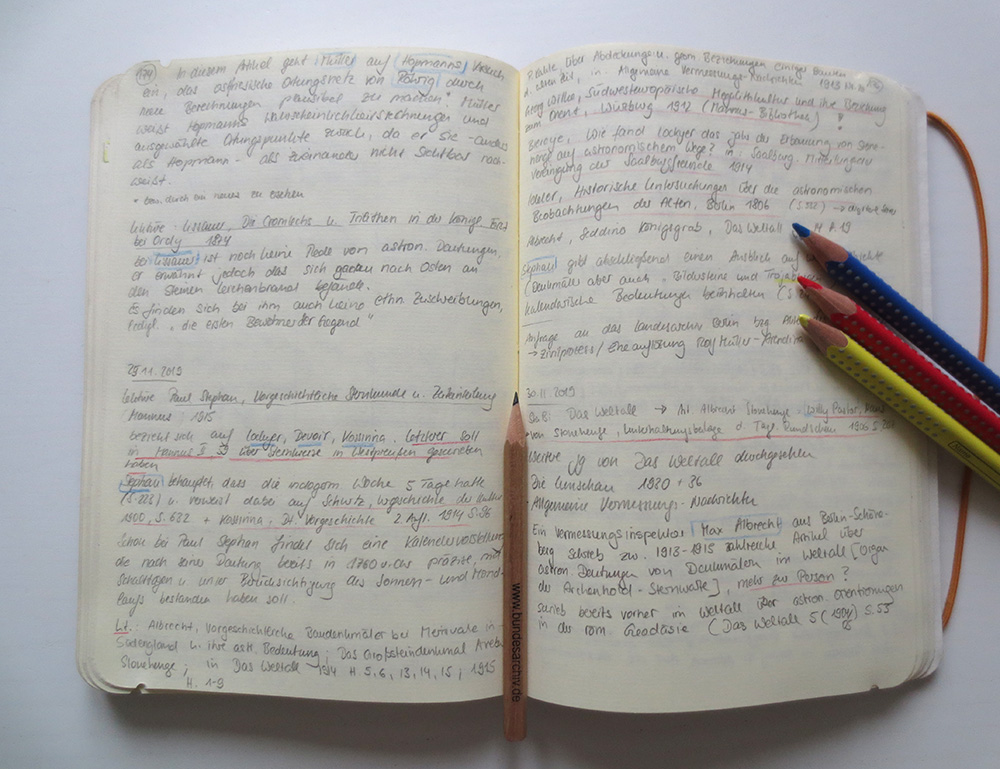
Alexandre: First, I would say the ordering structure of the zim software opens up more possibilities and gives the opportunity to curate a network of text files to one’s own needs. I structure the files via the hierarchy of the folders. Analogue to your meta comments next to the notes that you take on the paper, I would most probably create a new file and link it to the other files, or even to web pages. This way, I build up my own referencing system and have a kind of network of notes and drafts that I can also browse through with the search function. It is like a private archive of my research. How do you search through your notes yourself?
Stefanie: I must admit, the search function is most convenient! In my dissertation journal, I also tried to make my notes more accessible by creating and index on the last pages of the notebook. In alphabetical order, I listed all names of historical protagonists of my topic mentioned in the notebook with respective page numbers so that I can find the notes on them more easily. Yes I know, crazy work! But it forced me to review my notes again which helped me to engage more deeply into them. What were your habits of note taking when you were still working as a chemist? Did anything change after you switched disciplines?
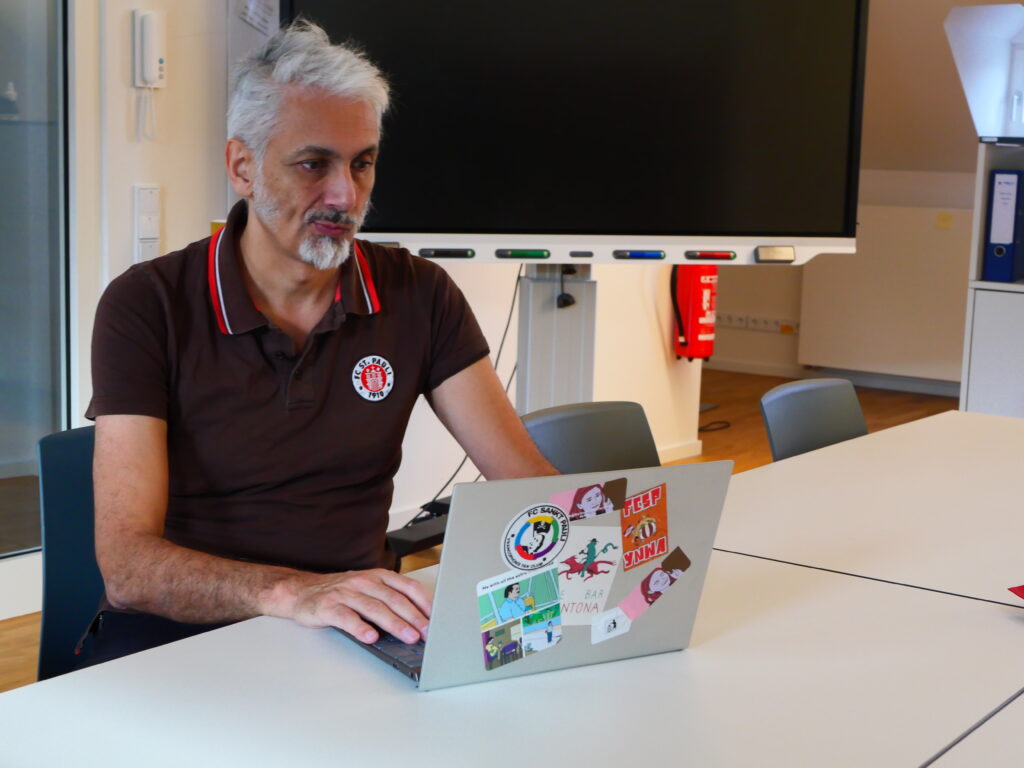
Alexandre: I honestly cannot remember how I took notes when working as a scientist. Back then it was still difficult to include chemical formulas into digital texts. It was easier to draw them manually and then scan and paste them into the text. But I guess, there are more elegant ways around that nowadays. My interest as a historian has switched: as a scientist I was depended on the software – now I am looking behind its interface and I am interested in its licensing systems, its design and the relationship between the software and the user. Maybe this is reflected by my choices in tools for note taking, too.
Stefanie: Thank you, Alexandre!
Alexandre: And thanks to you!
One Comment on “The notebook pt. 3: “For 20 years, I haven’t used a pen” – a computer nerd’s confession”
Leave a Reply
You must be logged in to post a comment.

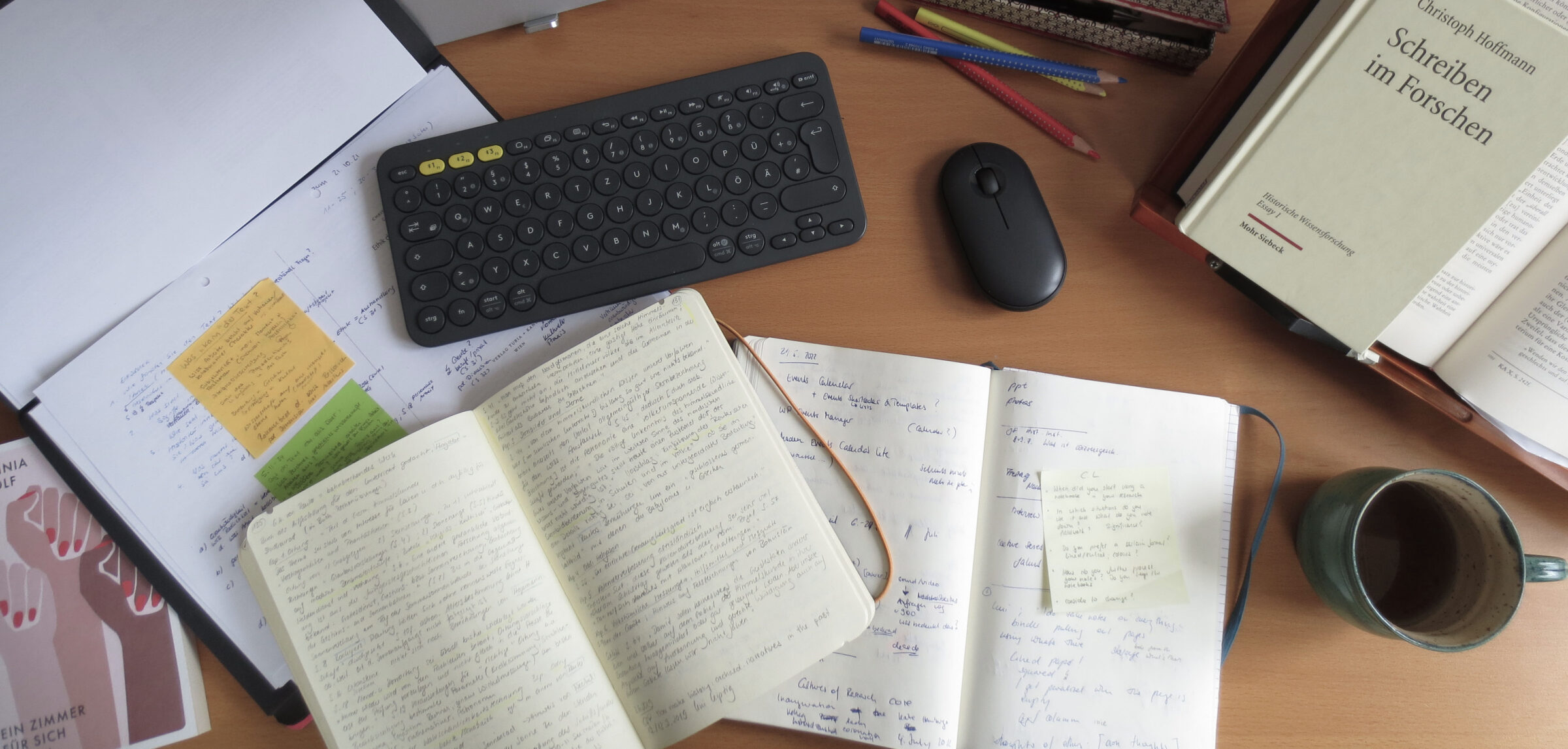


Pingback: c:o/re Highlights of 2023: A look back